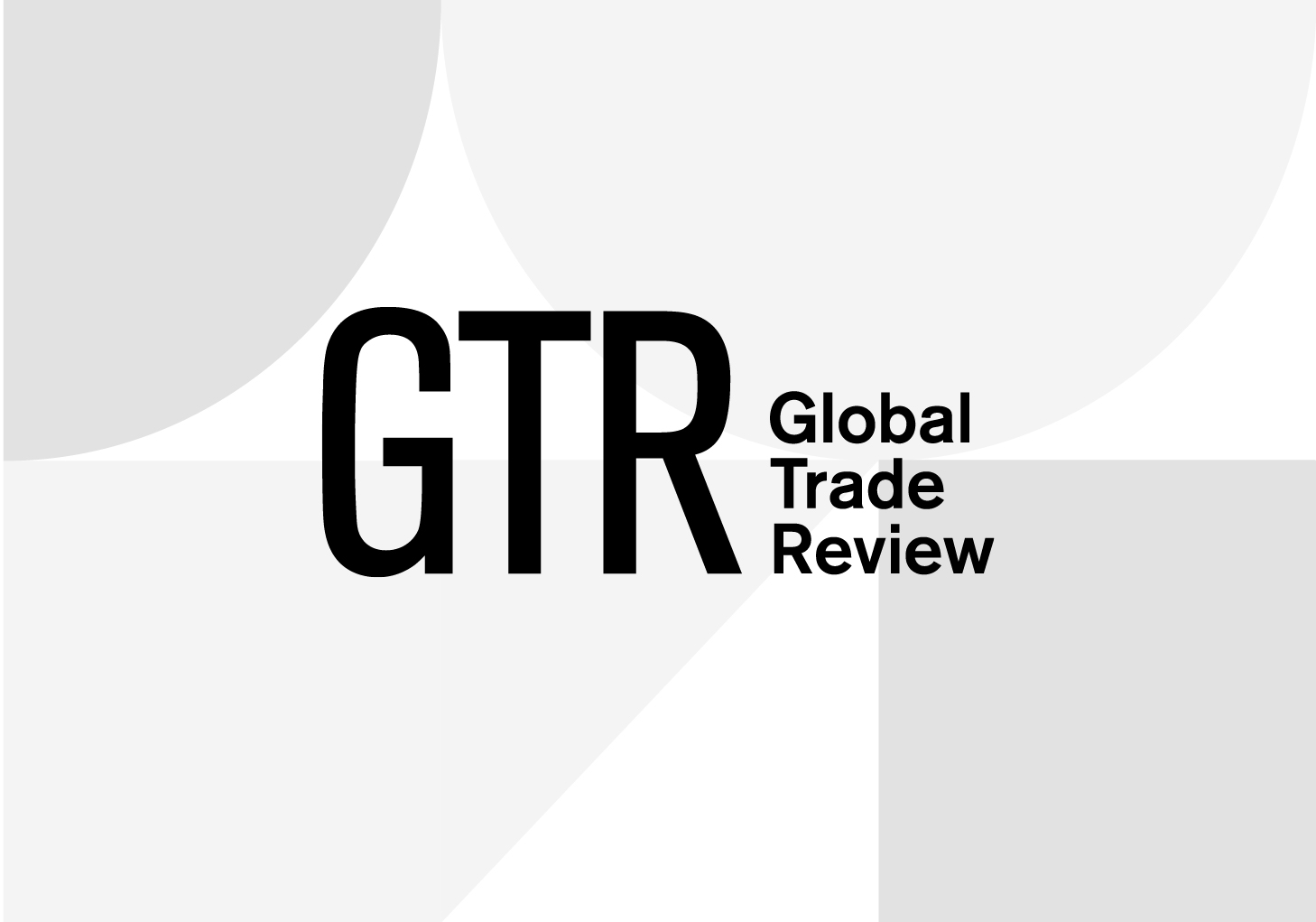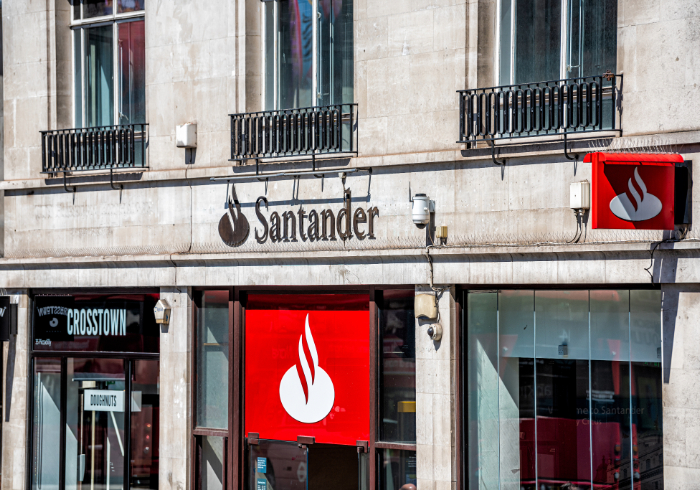Following months of inactivity and slowing world trade, April’s G-20 summit spurred governments, banks and multilaterals into action. A pledged US$250bn will be poured into the trade finance market over the next two years, and there are signs the announcement is already restoring confidence. However, world trade and trade finance will need more than an extra shot of liquidity to fully recover, writes Rebecca Spong.
Debates about how to solve the liquidity problem have been bouncing around for months, but the solution seemed to be out of reach.
In the meantime, world trade growth fell for the first time in 25 years.
To what extent this slowdown in trade has been caused by a lack of trade finance is arguable, but the G-20 summit concluded that the lack of trade credit, alongside increasing protectionist pressures, has certainly exacerbated the situation.
It was back in November 2008, at a World Trade Organisation (WTO) meeting, that fears over a shortfall in trade finance were first aired, with estimates of a US$25bn shortage announced.
Within just a few months, this shortfall suddenly grew to US$100bn, according to WTO estimates, and any financing that was available was now highly expensive.
A crisis that had started in the developed western world was now taking hold of the poorest emerging markets, with credit lines in regions such as Sub-Saharan Africa being cut, and goods stuck in Brazilian ports due to exporters unable to open or get letters of credit confirmed.
It is not just the emerging market clients that started to feel the brunt of the crisis, in developed markets the mid-cap and small-to-medium-sized companies (SMEs) were suffering as the availability of trade credit insurance dried up.
Yet, banks remained inactive, constrained by credit committees, heightened risk aversion, and concerns over the allocation of valuable capital.
Finally, decisions are now being made, and since early April, there has been a flurry of activity among development finance institutions (DFIs), each week bringing new pledges of multi-million dollar packages aimed at getting trade and trade finance back on the road.
Liquidity and sharing risks
Fuelled by the support of the G-20, the World Bank’s IFC announced its global trade liquidity programme (GTLP) in early April. This scheme began in May, and channel funds into trade in the developing countries.
It has initial commitments of US$5bn from public sector sources, and aims to support up to US$50bn-worth of world trade.
The GTLP will act as an umbrella scheme under which various agreements will be signed with international finance and development institutions, governments and banks, with the aim of extending trade finance to importers and exporters in the developing world.
The programme has commitments of US$1bn from the IFC. The UK government will be committing £300mn, the Canadian government aims to commit US$200mn, and the Dutch government will commit US$50mn.
One of the first agreements to be signed under the GTLP is a US$1.25bn funding partnership between Standard Chartered and the IFC.
The programme works whereby Standard Chartered will originate trade finance transactions of up to US$1.25bn from emerging market banks, which will then extend trade finance to their importing or exporting clients.
The IFC is fronting the scheme, but other development organisations are also involved, and they will invest up to US$500mn in these transactions as well as participate in the risk of the transaction.
Tan Kah Chye, global head of trade finance at Standard Chartered, explains: “We are not borrowing money from IFC, we have sufficient liquidity, credit appetite and available balance sheet to do the business ourselves.
“The IFC will join with Standard Chartered to increase the trade finance available to exporters and importers through the financing of letters of credit. Standard Chartered will also extend trade finance loans to its financial institution clients globally so that these financial institutions in turn, extend trade financing to their importer and exporter clients in their markets. Ultimately, it is the exporters and importers who are the benefactors of this scheme.”
The IFC will invest up to US$500mn into each transaction, while Standard Chartered will invest US$750mn. “For every US$1 the IFC puts in, Standard Chartered will put up US$1.50. Perhaps six months down the line, we might both decide to increase our contributions, but the ratio will stay the same,” Tan explains.
The scope of the scheme is ambitious, covering an array of geographies and sectors.
“We expect up to 30,000 customers in 40 countries to benefit from it. A key goal of this programme is to extend help to smaller emerging markets, specifically targeting the SME and middle market sectors and not just the large corporates,” he adds.
The scheme is still at MoU stage, but is expected to be up and running by mid-to-end of May.
“Everyone is concerned that we need to get the programme up and running as quickly as possible. We are working 12-hour shifts, early mornings and late evenings to get the process moving,” Tan enthuses.
Once active, the theoretical impact of the scheme is wide-ranging. If it is taken that average trade flows are around 60-90 days long, Standard Chartered estimates that this planned US$1.25bn funding package can be rolled over four or five times, which should mean the programme can fund an incremental US$5bn-worth of trade flows globally for the bank’s customers.
In terms of regions, US$500mn of this programme will be used in China alone, and Standard Chartered expects more than 2,000 potential Chinese corporates to benefit from the scheme.
This scheme also brings in the reassuring presence of a multilateral with which the commercial bank can share the risk. As the crisis tightens its grip in the real economy, banks are wary of taking on emerging market risk and IFC helps mitigate some of those fears.
This scheme also differs from previous pre-crisis trade finance schemes, such as the IFC’s trade facilitation programme which offers guarantees on emerging market banks opening and confirming letters of credit. This new initiative directly tackles today’s major problem of short-term liquidity shortages in the emerging markets.
The programme is not an exclusive arrangement between Standard Chartered and the IFC, and is open to other banks. Tan tells GTR that, “a lot of global and large regional banks have expressed interest in the programme. We would welcome other banks to follow suit.”
However, although the programme aims to solve the issue of a lack of much-needed liquidity, Tan explains that the pricing on the facilities will be market-competitive. The scheme does not promise floods of cheap money.
“The idea is not to distort the market. In the short term, cheap money may help them in the next three to six months, but in the long term it is not a good proposition,” he argues.
Africa hit by credit shortage
Another initiative signed under the GTLP umbrella has a Sub-Saharan Africa focus and involves Standard Bank. The South African bank has signed a MoU with the IFC to receive a US$400mn line of credit from the multilateral. Under the terms of the agreement, Standard Bank is the borrower of these funds and must use the line to finance trade in Sub-Saharan Africa.
Anne-Marie Woolley, director, head of structured trade and commodity finance, Africa, Standard Bank, is in charge of dispersing this credit line.
“The US$400mn IFC line of credit is given as a liquidity line, it is not a risk-sharing scheme with the IFC,” Woolley explains.
“Under the terms of the loan, one end of the trade transaction has to be tied to Sub-Saharan Africa, either to an African importer or exporter.”
Under this scheme, Standard Bank will use its wide client base in Sub-Saharan Africa and provide trade finance facilities to viable exporters and importers. The credit facilities can be granted to anyone from a small-to-medium-sized company to a public sector body or multinational. It can finance any sector from agri-commodities to power and infrastructure, and although one end of the transaction must be Sub-Saharan Africa, cross-border deals between the continent and China, Russia or Brazil also fall within the scope of the facility.
As evidence of the lack of trade finance for Sub-Saharan African borrowers, when data provider Dealogic released its league tables for trade finance and ECA-backed transactions for the first quarter of 2009, there were not enough deals closed in the Sub-Saharan market to make running the results worthwhile.
Of course, many deals are not reported to bodies such as Dealogic, but the absence of any data on Sub-Saharan Africa is indicative of how entrenched the crisis is becoming.
Woolley elaborates on the urgency of getting trade in Africa flowing again. “The IFC has chosen Standard Bank as it has one of the most extensive branch networks in Africa. The scheme is being taken very seriously within the bank at the highest levels. At the moment, trade is moving up the political agenda and every discussion seems to be about trade,” she says.
She adds: “The pace in which this agreement was brought together was very fast. It took just a few weeks to get the deal sorted and the MoU signed.
“We now need to go out into the market and find the best opportunities to use this credit line”.
Quickly following Standard Bank’s agreement, The African Development Bank (AfDB) announced its own US$1bn trade finance initiative, at a conference held on April 14 in Tunisia by the AfDB and the IFC.
Previously, the development bank had not paid much attention to trade finance, but the scale of this crisis seems to have forced it to take action.
This initiative is formed of two phases. In the first phase, it will look at providing trade finance short-term credit lines to local banks and DFIs. A total of US$500mn out of the fund has been allocated for this purpose. The funded lines of credit can be granted in US dollars or euros to banks to support their trade finance operations. They can have a maturity of up to three years, with repayment on an amortising basis or bullet form.
The specific use of the second US$500mn tranche of funding is still open for negotiation, but the AfDB will be looking at medium-term initiatives and aim to form partnerships with other DFIs. AfDB may also look at contributing US$500mn to the IFC’s GTLP programme.
Asian developments
Across in Asia, the impact of the lack of trade credit is perhaps not as harshly felt as in Sub-Saharan Africa. However, there is still a need to get liquidity to some of the smaller exporting and importing firms in the Asian emerging markets, particularly as international banks either exit Asia completely, or start to cut credit lines.
In line with this, the Asian Development Bank (ADB) has expanded its trade finance facilitation programme (TFFP) to US$1bn, pending board approval.
The expansion of the scheme could generate up to US$15bn in trade finance by the end of 2013.
Steven Beck, head of trade finance, at the ADB, explains: “The programme can assume US$1bn in risk at any one time. Given that most of the portfolio is short-term (160 days), we expect the US$1bn to roll over once in the course of each year, which means under the US$1bn limit, the programme can support US$2bn in trade per year.
“In addition, we anticipate risk-sharing in some transactions with the private sector and this should boost the programme’s support for trade to approximately US$3bn per year.”
ADB has also increased the maximum maturity permitted under the programme to three years from two years to help support developing member countries’ efforts to boost their trade competitiveness. The provision of longer-tenored financing is where the private market is particularly lacking in today’s risk-adverse climate.
The ADB scheme was initially set up in 2004 as a US$150mn programme, providing guarantees in conjunction with international banks to support trade transactions in developing nations.
It targets issuing banks, including state-owned banks, through which most trade is conducted in ADB’s countries of operation. Issuing banks are included in the scheme based on confirming bank requirements.
By the end of 2008, the programme had supported nearly 1,200 international trade transactions worth over US$578mn and has been used in nine countries in Asia without any losses or problem loans.
The original scheme was set up with some assistance from Standard Chartered, and the bank hopes to continue to work closely with ADB. Tan remarks to GTR: “We started working with the ADB to leverage their trade finance facilitation programme two to three years ago. Our goal was to ensure that the economies and sectors which needed trade financing the most were helped.”
He adds: “Standard Chartered would once again like to take the lead in partnering with ADB under this enhanced facility.
Talking about the programme’s development, ADB’s Beck comments: “ADB’s TFFP expanded by 570% in 2008 and will continue to grow exponentially in every sense.”
He adds that it will also be increasing the number of issuing banks from 59 to at least 100 by the end of the year. It is also expanding into Indonesia, Philippines, Mongolia and through Central Asia.
Is the end in sight?
Most of these multilateral agreements are still at MoU stage and on the verge of becoming active, however they are perhaps already having some impact on the mood in the trade finance market.
Pricing levels, which have been rising at exorbitant rates, are beginning to level out.
Standard Chartered’s Tan comments: “Globally, we are now seeing a period of stablisation in terms of pricing. Having said that, pricing is still increasing but the gradient of the increase has flattened. This is a good sign as it demonstrates that the schemes being put in place by banks and multilaterals are beginning to work.”
Confidence, Tan believes, is the key in getting markets and trade flowing again. “‘The global economy needs good news and a confidence boost.”
However, he adds that neither the US$1.25bn funding programme nor the pledged US$250bn will be enough on its own to get world economy back on its feet.
Remarking on the impact of the Standard Chartered scheme, he says: “‘To generate US$5bn of trade flows is a lot – but if you consider that world trade actually stands at around US$15tn – no single agency or government can throw enough money to get trade moving if we do not do enough to restore market confidence.”
Indeed, the problem with falling trade growth is not solely down to a lack of trade finance. There are various estimates that suggest that the fall in trade is 10% to do with a lack of trade finance and 90% purely down to a lack of demand.
Better treatment for trade
Beyond the post-G-20 euphoria, there are other persistent concerns among the trade finance community that have yet to be sufficiently tackled.
One issue regarding the treatment of trade finance assets under Basel II was raised during the G-20 summit by the ICC Banking Commission.
A survey of major international banks, conducted by the ICC Banking Commission, found that Basel II “has eroded the incentive of banks” to provide trade finance.
Under the terms of Basel II, a bank’s capital holdings must be closely aligned with potential credit losses. In good times, a bank is required to put aside less capital, and in bad times it must put aside more.
However, this causes problems when applied to trade finance, and the terms of the charter mean that the capital cost of trade finance has significantly increased, regardless of the low risk nature of trade finance products such as letters of credit.
This makes it less attractive for banks to provide trade finance, and has potentially helped worsen the current liquidity problem facing exporters and importers, particular those in the regions considered more risky.
During the G-20 summit, the ICC Commission did not ask for amendments to the Basel II framework but requested the introduction of “small yet significant changes to the way in which existing rules are implemented”. It estimates that such steps could potentially reduce capital requirements for typical trade finance obligations by about 20-30%.
Trade finance, depending on your definition of trade, is typically considered fairly low risk, due to the fact that it is usually short term and exposures are liquidated into cash upon maturity.
The ICC report argued: “Even in times of severe difficulty, companies will generally try to avoid defaulting on trade obligations, as continual access to trade finance is a lifeline for most firms.”
Although the trade finance market itself can argue the case for trade finance as a low risk asset, there is a feeling that the market or a representative body needs to collate evidence on the recent track record of trade finance transactions in order to secure better treatment of trade finance assets under Basel II.
Standard Bank’s Woolley comments: “To help the trade finance market, regulators need to look at how to apply Basel II to trade. Trade assets have low risks of default and shorter-time frames and need to be treated differently from other assets. Regulators need to see evidence of the strength of trade finance in order to make these changes.”
Other obstacles potentially hindering the revival of world trade and the availability of trade and export finance revolve around the role of countries’ export credit agencies (ECAs). They are facing unprecedented demand for their products and it is yet to be seen whether they can meet that demand.
The lack of a secondary market is also slowing market activity, and until banks can start selling down risks again they will be looking to share risks in other ways.
Woolley remarks: “Cooperation between the development finance institutions and commercial banks is growing, and we are talking to them more purposely about funded and unfunded programmes. This is mainly because of the lack of a secondary market, and this is having a major impact on banks’ ability to provide trade finance.”
What is clear in this post G-20 market is that the trade and export finance market will be shaped by more partnerships between the private commercial market and public DFIs, where the two parties work together to share risks, improve liquidity and ultimately boost market confidence.









